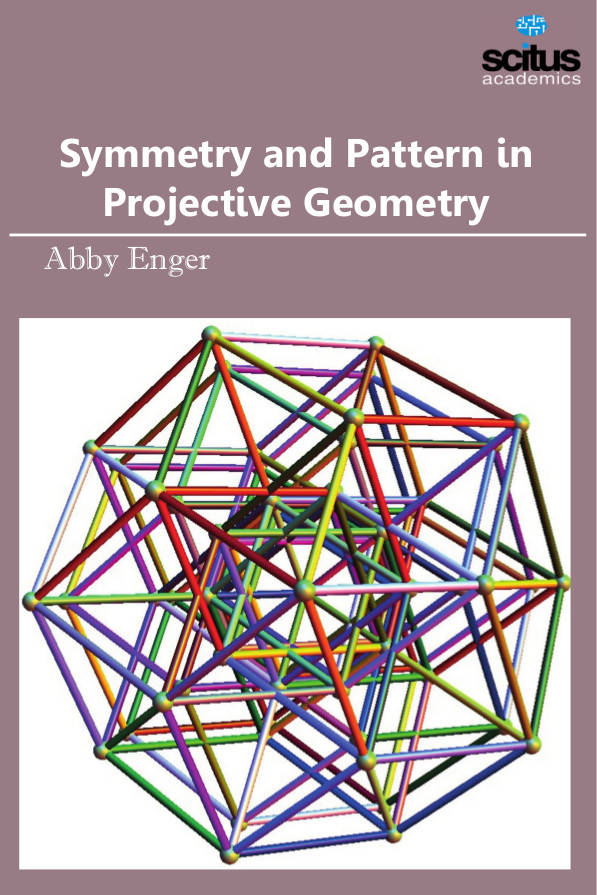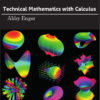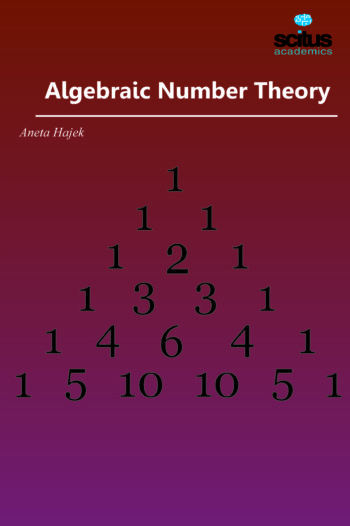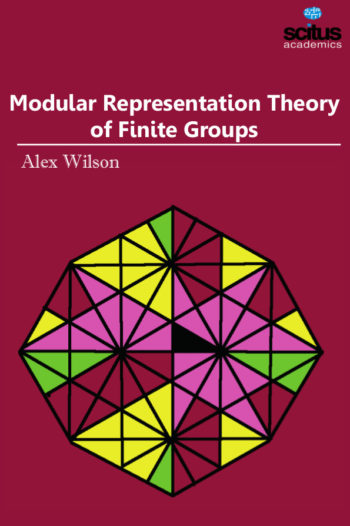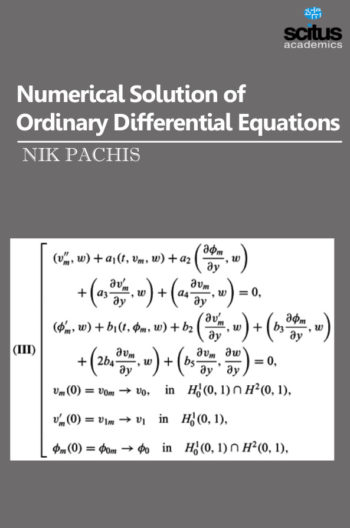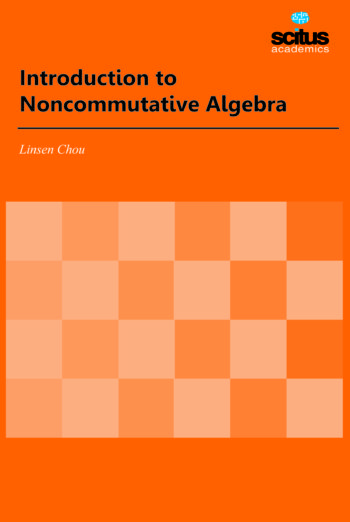We are all familiar with Euclidean geometry and with the fact that it describes our three dimensional world so well. In Euclidean geometry, the sides of objects have lengths, intersecting lines determine angles between them, and two lines are said to be parallel if they lie in the same plane and never meet. Moreover, these properties do not change when the Euclidean transformations (translation and rotation) are applied. Since Euclidean geometry describes our world so well, it is at first tempting to think that it is the only type of geometry. However, when we consider the imaging process of a camera, it becomes clear that Euclidean geometry is insufficient: Lengths and angles are no longer preserved, and parallel lines may intersect. Euclidean geometry is actually a subset of what is known as projective geometry. Projective geometry exists in any number of dimensions, just like Euclidean geometry.Projective geometry has its origins in the early Italian Renaissance, particularly in the architectural drawings of Filippo Brunelleschi (1377–1446) and Leon Battista Alberti (1404–72), who invented the method of perspective drawing. Projective geometry deals with the relationships between geometric figures and the images, or mappings that result from projecting them onto another surface. Common examples of projections are the shadows cast by opaque objects and motion pictures displayed on a screen.
First of all, projective geometry is a jewel of mathematics, one of the outstanding achievements of the nineteenth century, a century of remarkable mathematical achievements such as non-Euclidean geometry, abstract algebra, and the foundations of calculus. Projective geometry is as much a part of a general education in mathematics as differential equations and Galois theory. Moreover, projective geometry is a prerequisite for algebraic geometry, one of today’s most vigorous and exciting branches of mathematics. Secondly, for more than fifty years projective geometry has been propelled in a new direction by its combinatorial connections. The challenge of describing a classical geometric structure by its parameters – properties that at first glance might seem superficial – provided much of the impetus for finite geometry, another of today’s flourishing branches of mathematics. Finally, in recent years new and important applications have been discovered. Surprisingly, the structures of classical projective geometry are ideally suited for modem communications.
Symmetry and Pattern in Projective Geometry will be appreciated by mathematics students and those wishing to learn more about the subject of geometry. It makes accessible subjects and theorems which are often considered quite complicated and presents them in an easy-to-read and enjoyable manner. This book offers a comprehensive introduction to this fascinating field and its applications.

